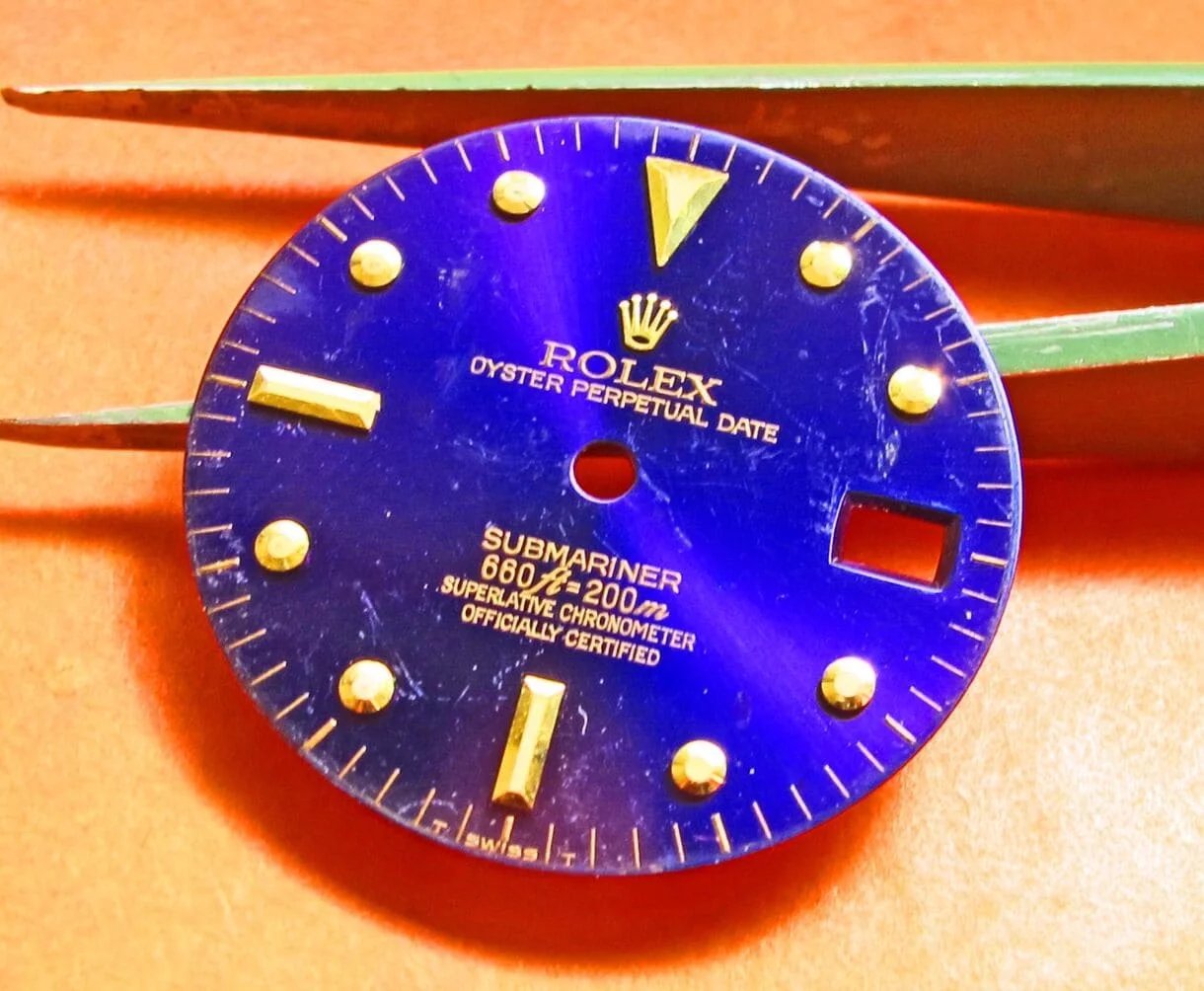In the world of watches a question often arises: to what wrist should you wear your watch? The answer to this question is actually much more complex than it seems. If the tradition can give us some pointers, it is above all a question of choice staff and convenient.
Here we’ll explore the different reasons why people wear a watch on one wrist rather than the other, as well as the practical considerations to take into account.
The tradition and the dominant use

Historically, it’s quite common to see people wearing their watch on their left wrist. This habit mainly stems from the way watches have been designed and manufactured.
This is because most watches feature a crown on the right side of the case, which makes it easier to set the time when the watch is worn on the left wrist. This is because the majority of people are right-handed and therefore use their right hand to make these adjustments.
However, this does not mean that you are obliged to follow this tradition. Many people, especially left-handed people, choose to wear their watch on the right wrist for comfort and practicality. Additionally, some watches are specifically designed to be worn on the right wrist, with the crown located on the left side of the case.
Personal choice and comfort
As mentioned above, the choice of the wrist where to wear your watch depends above all on your personal preferences and your comfort. Some people are more comfortable wearing their watch on the left wrist, while others prefer to wear it on the right wrist.

Lefties and righties
In the case of left-handers, it may be more natural to wear the watch on the right wrist. Indeed, it allows them to use their dominant hand to perform tasks without being bothered by the presence of the watch. Likewise, right-handers may choose to wear their watch on the left wrist for this reason.
The size and weight of the watch
The size and weight of the watch can also influence your wrist choice. A heavy, bulky watch will likely be more comfortable to wear on the non-dominant wrist, as it won’t impede your movement while performing daily tasks.
Practical Considerations

Beyond comfort and personal preference, several practical factors can come into play when deciding which wrist to wear your watch on. Before anything, the first thing to do is to measure your wrist size
Watch Protection
Wearing your watch on the non-dominant wrist can better protect it from shocks and scratches, because this wrist is generally less stressed than the dominant wrist. This can be especially important for valuable watches or collectibles.
Professional and sporting activities
Your choice of wrist to wear your watch may also depend on your professional or sports activities. For example, if you work in an environment where your wrist is often in contact with hard or sharp objects, it may be a good idea to wear your watch on the other wrist to avoid damaging it.
Likewise, if you practice a sport requiring great wrist mobility (such as tennis or swimming), you can choose to wear your watch on the opposite wrist so as not to hinder your movements.
A personal and unique style
Ultimately, the choice of wrist where to wear your watch should above all reflect your own style and preferences. Whether it’s following tradition, favoring comfort or taking practical considerations into account, don’t hesitate to show originality and assert your personality through this choice.
Ambidextrous Watches
For those who wish to free themselves from the constraints linked to the choice of wrist, there are ambidextrous watches. These models are designed to be worn on either the left or right wrist, using a crown located in the center of the case or a suitable adjustment system.
They are a great option for people who want to express their style without conforming to convention.
Interchangeable Bracelets
You can also play around with watch strap styles and materials to further personalize your wrist choice. For example, opt for a soft leather strap if you want to wear your watch on the dominant wrist, to minimize the risk of discomfort during your movements.
On the other hand, if you prefer to wear your watch on the non-dominant wrist, do not hesitate to experiment with metal or ceramic bracelets, which are more rigid and resistant.
In summary :
- Tradition dictates that you wear your watch on your left wrist, but this should not be an absolute constraint.
- The choice of the wrist depends above all on your personal preferences, comfort and practical considerations.
- Don’t hesitate to assert your style and personalize your choice of wrist thanks to ambidextrous watches and interchangeable bracelets.





